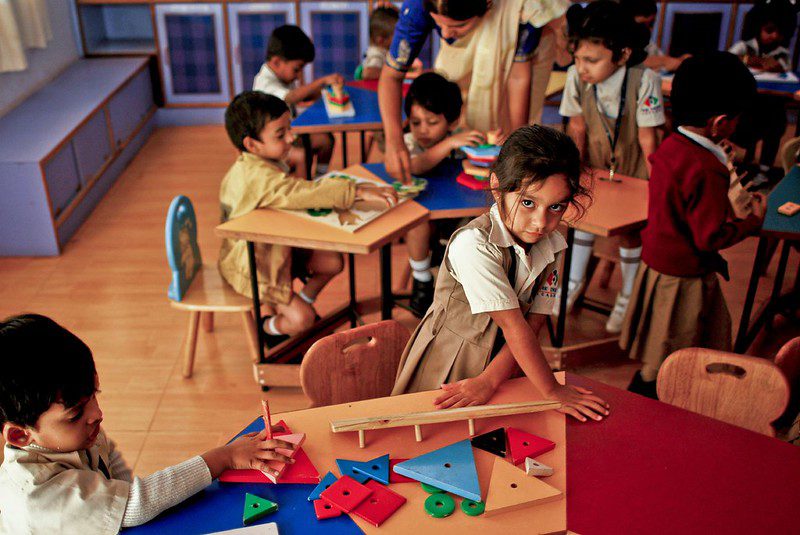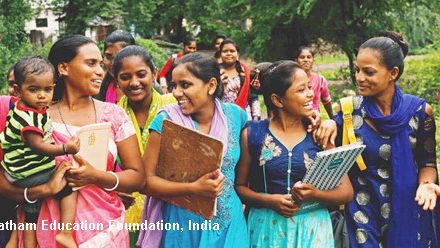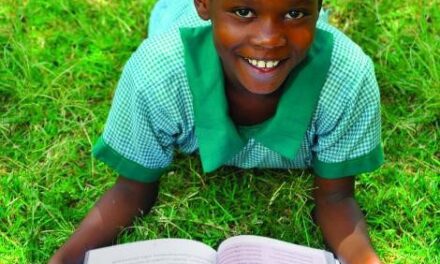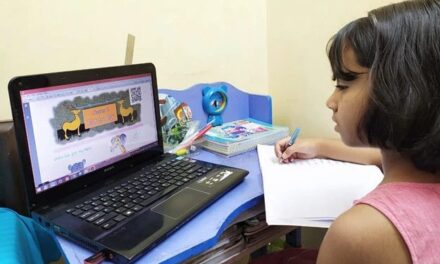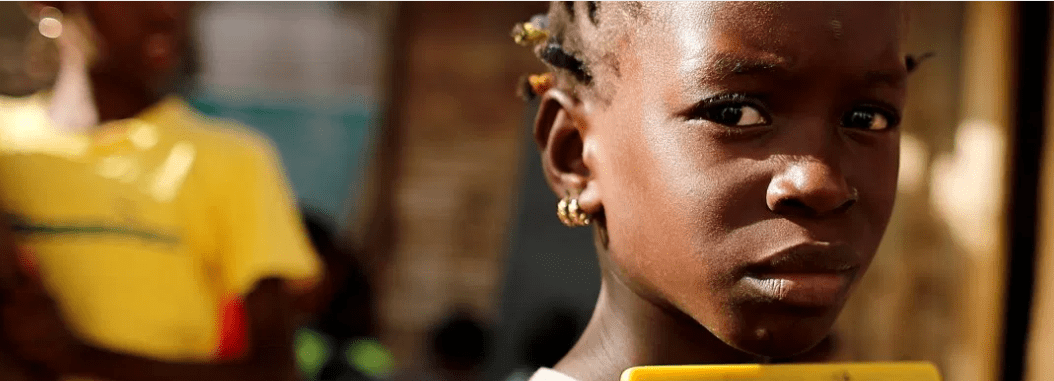This blog was written by Dr Anna Riggall, Head of Research at Education Development Trust. This article was originally published on the Education Development Trust website.
A few months into global lockdown, at the peak of mass school closures in most countries, and on the brink of an economic crisis on a scale the world has possibly never seen, we have started talking about ‘building back better’. There is something profoundly appealing and energising about the phrase and the optimism and direction it holds. However, there is also danger in the hyperbole. Here, Anna Riggall, Head of Research, examines how this framework can be used meaningfully in post-pandemic education recovery.
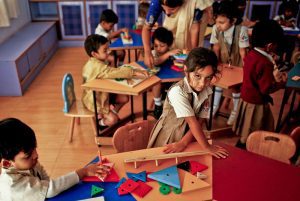 The idea of ‘building back better’ is not new. The approach to post-disaster recovery is widely reported to have been born as a response to the 2004 tsunami, with the phrase taking root in 2006 after being included in the title of a significant report presented by former president Bill Clinton, who was the United Nations Secretary-General’s Special Envoy for Tsunami Recovery at the time.[i] By 2015, the phrase had been adopted as part of the UNDRR’s Sendai Framework for Disaster Risk Reduction, 2015-2030.[ii] Priority 4 of this framework talks about ‘Enhancing disaster preparedness for effective response and to “Build Back Better” in recovery, rehabilitation and reconstruction’.
The idea of ‘building back better’ is not new. The approach to post-disaster recovery is widely reported to have been born as a response to the 2004 tsunami, with the phrase taking root in 2006 after being included in the title of a significant report presented by former president Bill Clinton, who was the United Nations Secretary-General’s Special Envoy for Tsunami Recovery at the time.[i] By 2015, the phrase had been adopted as part of the UNDRR’s Sendai Framework for Disaster Risk Reduction, 2015-2030.[ii] Priority 4 of this framework talks about ‘Enhancing disaster preparedness for effective response and to “Build Back Better” in recovery, rehabilitation and reconstruction’.
Though it is appealing as an idea, the build back better ‘framework’ is a little opaque. Few articles of academic rigour land on common features, indicators, plans or evidence of effectiveness.[iii] It has necessarily evolved as a reaction to, and in support of responses to, all types of disaster. That said, the phases of ‘recovery, rehabilitation and reconstruction’ do not neatly fit education systems emerging from a pandemic that has resulted in mass school closures and interrupted learning for all, including the world’s most vulnerable learners.
A build back better framework for post-pandemic education recovery
To make ‘build back better’ meaningful as a goal in relation to education and in response to this crisis, we need to think carefully about the context and the actions.
We must acknowledge and face the challenges that existed before Covid-19
The challenges we faced an education community before Covid-19 were stark and although gains were evident, many issues persisted. In 2018, for instance, the World Bank report persuasively wrote of the learning crisis, firmly placing this on the global education agenda.[iv] With only ten years left to achieve the Sustainable Development Goals (SDGs), performance on SDG4 has been gaining sharper focus and the projections are not good.[v] Education for disadvantaged and marginalised children has remained an intractable issue: in many places, girls, children with disabilities, refugees and internally displaced persons, and those living in very rural areas or in pastoralist communities are still not guaranteed access to education, and have only small chances of emerging from any schooling with functional literacy and numeracy.
We must adapt and respond in time with shifts in school closure and reopening and meet demand from policymakers
With the emergence of Covid-19, the situation has become more complicated. School closures are reported in 146 countries, affecting almost 70% of the enrolled learners globally.[vi]
Since the start of the pandemic, our work with the EdTech Hub, in particular, has explored a range of topics for which analysis is urgently required by education policymakers. We began scanning the horizon for best practice in remote pedagogy, and policy response to distance learning provision with a focus on conflict, health, girls, and learners affected by disadvantage, special educational needs, and disabilities.
The figures on school closure are changing fast – just a few weeks ago, UNESCO were reporting 190 countries having closed schools, affecting 90% of learners. As system leaders plan to reopen schools, the focus of our work is shifting to supporting policy responses to school reopening and preparation for a new mixed economy of blended learning.
We need to be ready to support those most disadvantaged by school closure
Despite the amazing creativity displayed in global responses to school closures, and the immediate requirement to switch to remote learning (often with a reliance on ed-tech), there is a growing consensus that many are being left behind as a result of the pandemic.[vii]
The learning crisis and the challenge of realising the rights of all children to education – and to learning – will deepen. In this context, the thought of ‘building back better’ seems overwhelming. The impact of remote learning – or rather, the lack of remote learning for many – is going to leave us, as the education community, facing a huge challenge.[viii]
Build back better suggests we can create opportunity in disaster – how?
Let us not fool ourselves, ‘building back better’ will be extremely difficult, and to do so, we need to get some of the essential preconditions in place.
To support governments to move effectively towards long-term recovery – which also addresses pre-existing challenges that will have worsened during the crisis – we have developed a new evidence-informed framework.
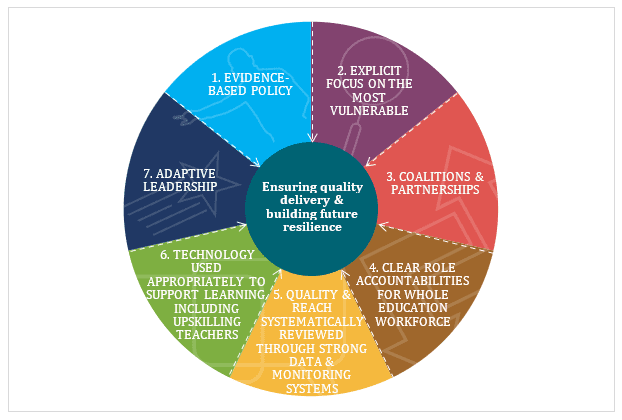 The framework emphasises the need for:
The framework emphasises the need for:
- Evidence-informed policymaking and a good supply of policy-relevant evidence – to ensure that national responses are able to adapt to new evidence, including frontline feedback, with clearly articulated outcomes that address different scenarios and make best use of limited resources.
- Attention to be paid to issues of equity, including those related to learning and psychosocial needs – to ensure that the needs of those for whom learning has been most disrupted are met and to mitigate additional disadvantage.
- Coalitions between health-, business- and voluntary-sector organisations and bodies – to build strong systemic responses to educational delivery and to play to strengths in the existing system.
- Clear, well-communicated accountabilities at all levels of the systems to support effective recovery – to ensure all stakeholders understand their roles and are supported and challenged to achieve.
- Systematic tracking of quality and reach of initiatives and progress against targets, using robust and broad effectiveness measures – to ensure smart collection and use of data and metrics which allow for intelligent and strategic allocation of resource.
- Long-term plans for the use of a blended approach to education delivery that includes low-tech or no-tech safety nets, as well as support for teachers, so they can effectively engage learners – to ensure that the best elements of the coordinated national responses remain and resilience is built for future educational disruption.
- Leadership and direction and a framework for adaptation in the long term – to guarantee long-term success and improvement, coordinated leadership at all levels will be critical.
The model works in recovery, rehabilitation, and reconstruction phases. The application of the model during the recovery phase may differ from its longer-term application to support and continue to build better education provision for all, but the principles remain the same. To tackle longstanding and difficult issues in the provision of quality education for all, we need to build and sustain a focus on evidence, equity, coalitions, accountability, quality tracking, teaching and learning adaptable to blended delivery, and leadership at all levels for many years to come.
To discuss further, please contact Education Development Trust.
[i] Fernandez & Ahmed (2019); https://www.recoveryplatform.org/assets/tools_guidelines/GFDRR/Disaster%20Recovery%20Guidance%20Series-%20Building%20Back%20Better%20in%20Post-Disaster%20Recovery.pdf;
[ii] UNDRR (2020) What is the Sendai Framework for Disaster Risk Reduction? [Available online: https://www.undrr.org/iEnhancing disaster preparedness for effective response and to “Build Back Better” in recovery, rehabilitation and reconstructionmplementing-sendai-framework/what-sf
[iii] Fernandez, G. and Ahmed, I. (2019) ‘Build back better’ approach to disaster recovery: Research trends since 2006’. Progress in Disaster Science, Vol.1 [Available online: https://www.sciencedirect.com/science/article/pii/S2590061719300031]
[iv] World Bank. 2018. World Development Report 2018: Learning to Realize Education’s Promise. Washington, DC: World Bank. doi:10.1596/978-1-4648-1096-1. [Available online: https://www.worldbank.org/en/publication/wdr2018-
[v] United Nations Economic and Social Council (2019) Special edition: progress towards the Sustainable Development Goals [Available online: https://undocs.org/E/2019/68]
[vi] https://en.unesco.org/covid19/educationresponse
[vii] https://shared.rti.org/content/calculating-educational-impact-covid-19-part-ii-using-data-successive-grades-estimate; Naylor, R and Gorgen, K. (2020) What are the lessons learned from supporting education for marginalised girls that could be relevant for EdTech responses to COVID-19 in lower- and middle-income countries?, Education Development & EdTech Hub [Available online: https://edtechhub.org/wp-content/uploads/2020/05/marginalised-girls.pdf ]
[viii] Evidence is emerging but not public domain at the time of writing – estimates based on survey data put education engagement since school closure as low as 20/30%.

